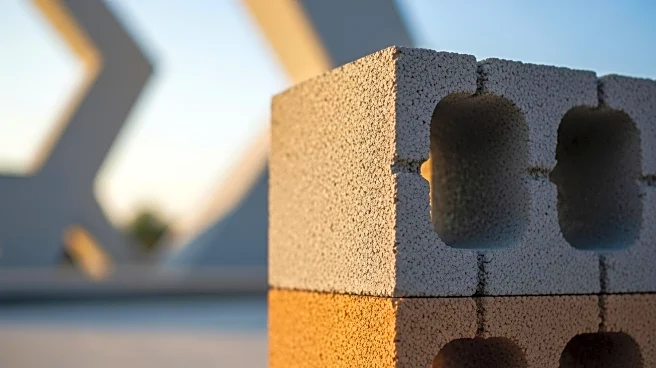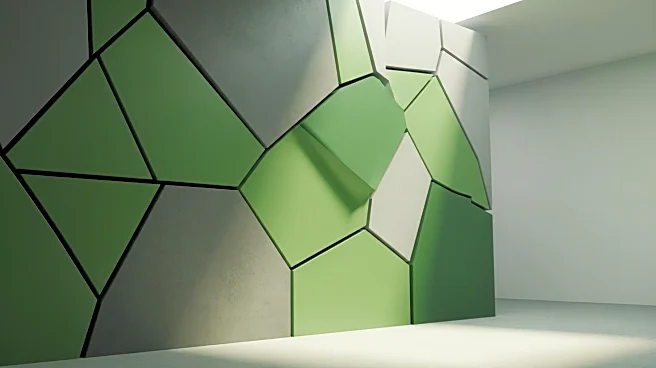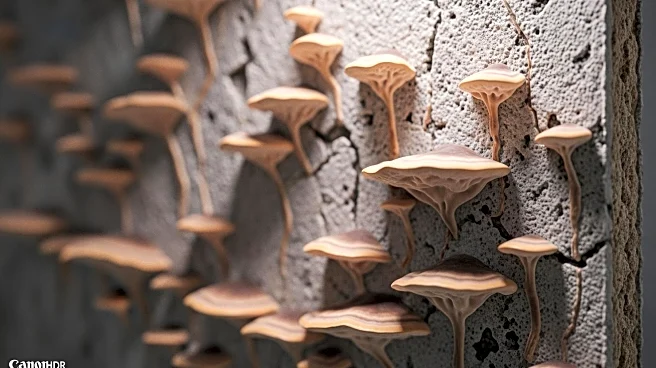What's Happening?
Recent research in cement and concrete materials is focusing on enhancing performance and reducing the ecological footprint of concrete, the most widely used construction material. The field is addressing the significant CO₂ emissions from cement production by employing nanotechnology to improve the microstructure of cementitious materials. Supplementary cementitious materials like fly ash and slag are being used to partially replace Portland cement, while new hydration mechanisms and alternative binders such as geopolymers are being explored. Digital fabrication techniques, including 3D concrete printing, are also being developed to minimize waste.
Why It's Important?
The construction industry is a major contributor to global CO₂ emissions, and innovations in cement and concrete materials are crucial for sustainable development. By reducing the carbon footprint of cement production, these advancements support global efforts to combat climate change. The integration of new materials and technologies can lead to more durable and sustainable infrastructure, benefiting both the environment and the economy. Stakeholders in the construction and environmental sectors stand to gain from these developments, as they align with international sustainability goals.
What's Next?
Future research will likely focus on integrating CO₂ mineralization into concrete, developing ultra-high-performance concretes, and utilizing machine learning for material performance optimization. The industry may see increased adoption of recycled aggregates and low-carbon cement formulations. As these technologies mature, they could transform construction practices, leading to more sustainable urban development.











